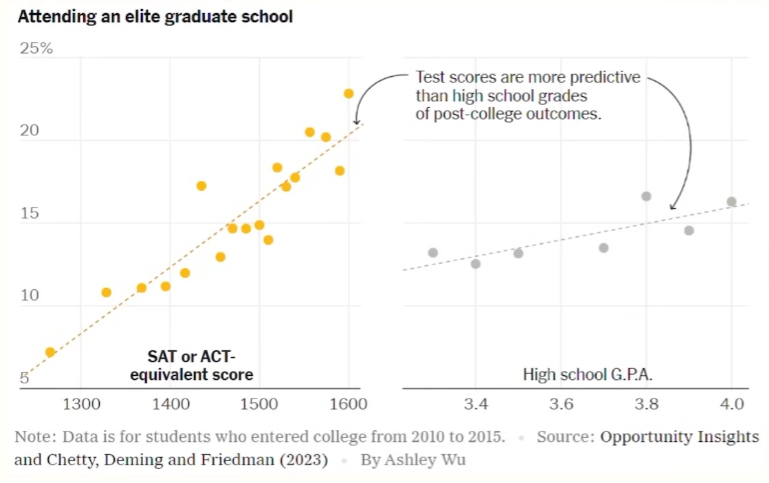Today, we’ll delve into why some students excel in their GPAs but face challenges in achieving high SAT scores. Let’s uncover the factors behind this pattern and explore strategies to boost SAT performance.
Why Do High GPA Students Struggle with the SAT?
Recently, a noticeable trend has emerged: students with strong GPAs are scoring lower than expected on the SAT. Let’s analyze the reasons behind this discrepancy and identify effective preparation methods for improving SAT results.
One contributing factor is GPA inflation, a topic I’ve addressed frequently. The chart above highlights the average GPA of admitted students at U.S. colleges. Let’s explore examples from specific institutions.

For instance, Villanova University, ranked 67th, is not typically regarded as an elite institution, yet 46.1% of admitted students with reported GPAs had a perfect 4.0.

At Washington University in St. Louis, ranked 24th in the U.S., 68% of admitted students hold a perfect 4.0 GPA, irrespective of whether they submitted SAT scores.

Even at UC Berkeley, ranked 15th, 38.3% of admitted students have a perfect 4.0 GPA. Furthermore, 88.1% of Berkeley's admitted students hold a GPA above 3.75, indicating that an unweighted GPA below 3.75 would make admission challenging.
In conclusion, a significant number of students are applying to colleges with exceptionally high GPAs.
Attending Elite Graduate Schools

This chart highlights students who gained admission to prestigious graduate schools, comparing the influence of SAT/ACT scores and high school GPA. The data reveals that students with high SAT scores are more consistently admitted to top graduate programs, while students with high GPAs but mid-range test scores also secure spots at elite institutions. This disparity underscores the effects of GPA inflation.
Working at Prestigious Firms
When examining employment at reputable firms after graduation, high SAT/ACT scores emerge as a stronger predictor of securing prestigious positions compared to high GPAs. While a strong GPA can open doors, it does not always correlate directly with the quality of firms students join, highlighting the limitations of GPA as a standalone metric.
Test Scores as Strong Indicators of College Performance
College performance tends to correlate more strongly with SAT/ACT scores than with high school GPA, as the link between GPA and college success continues to weaken.
This trend is evident among our own students, where many have high GPAs but low SAT scores. Often, this discrepancy can be attributed to inflated GPAs that fail to accurately reflect a student’s academic abilities.
That said, it’s important to note that GPA inflation is not universal and does not apply to every school, with notable exceptions existing.
Discrepancy Between School Materials and Standardized Testing
Another factor contributing to the disparity between high GPAs and low SAT scores is the gap between school curricula and standardized testing requirements. For example, some schools teach Algebra 2 in ways that deviate from SAT standards, such as emphasizing interval notation rather than foundational problem-solving skills.
Additionally, grading standards in some schools can be ambiguous, placing greater emphasis on GPA distinctions than on substantive learning. I've observed students penalized significantly for minor mistakes on certain assignments, where the focus is on surface-level details rather than core academic concepts.
Bridging the Gap Between School Materials and SAT Requirements
In contrast to school curricula, SAT questions—such as those on the May 2024 test—emphasize a deep understanding of fundamental definitions and concepts. This misalignment leaves many schools ill-equipped to prepare students for the essential skills assessed on the SAT.
For English, SAT preparation requires mastering a focused yet critical skill set, while schools often prioritize covering broader content areas. Achieving a high SAT score demands dedicated time and targeted effort. For students aiming for a score of 1530 or higher, it is recommended to start SAT English preparation when their practice test scores reach approximately 600. As students progress academically, they develop the foundational skills necessary for effective preparation, making this timeline optimal.
At A-One Institute, we aim to bridge the gap between school education and standardized testing by strengthening students' core abilities and equipping them with the solid knowledge base needed to excel on the SAT.
SAT
GPA

